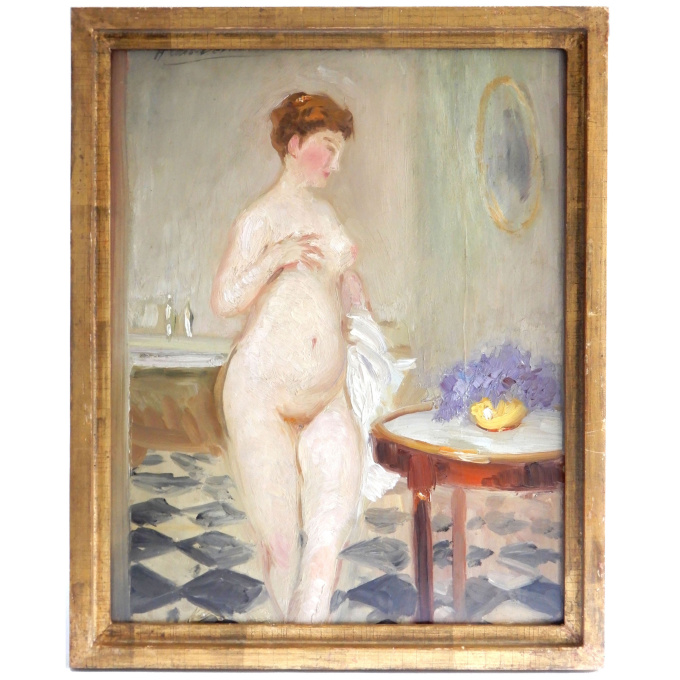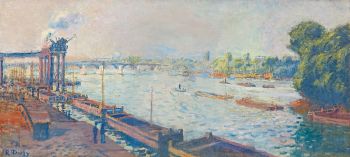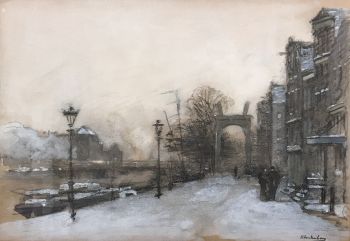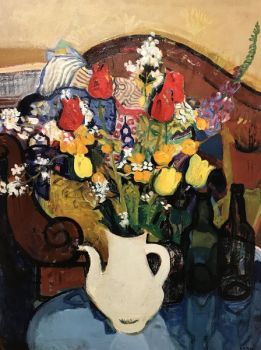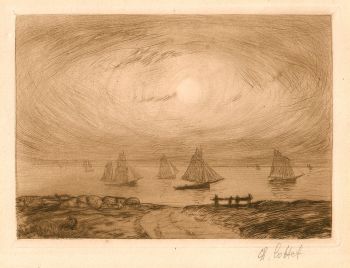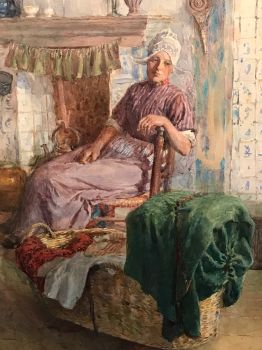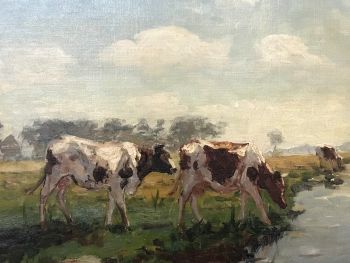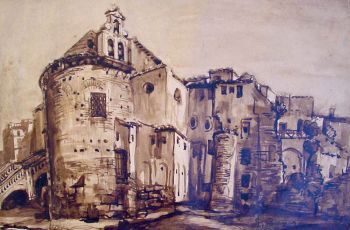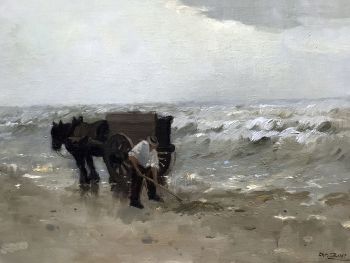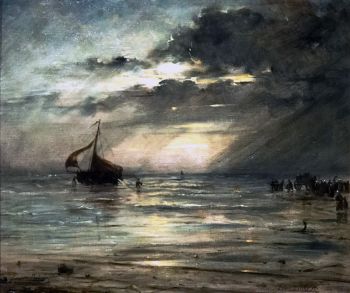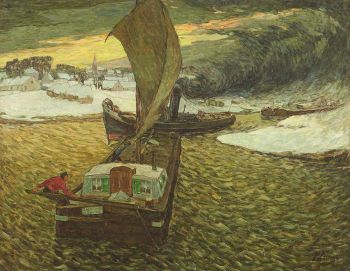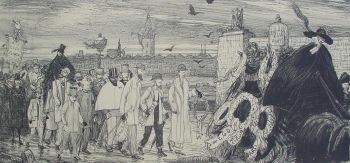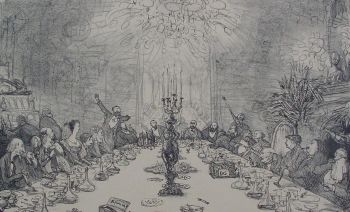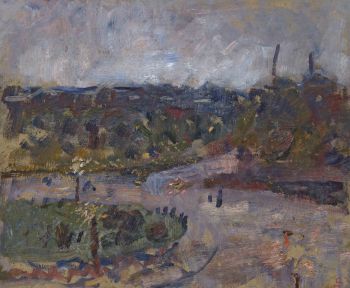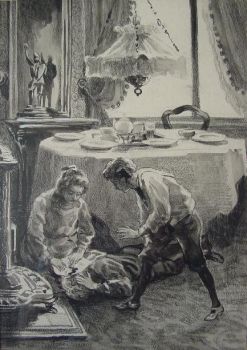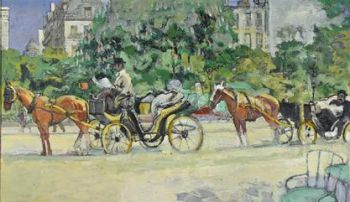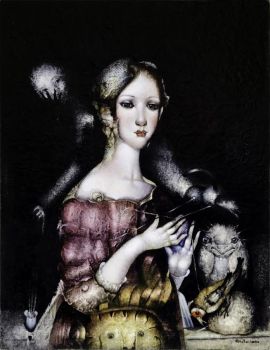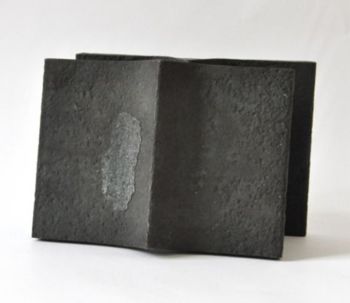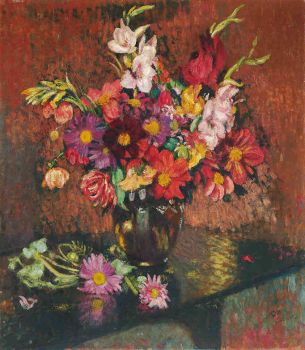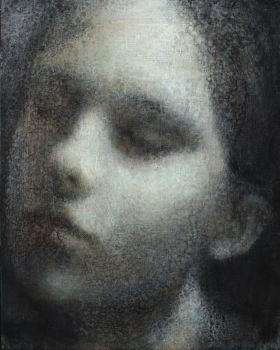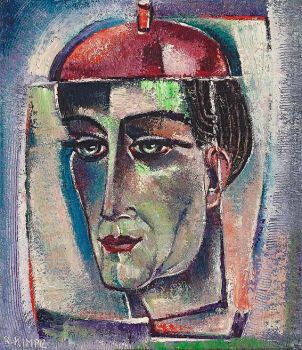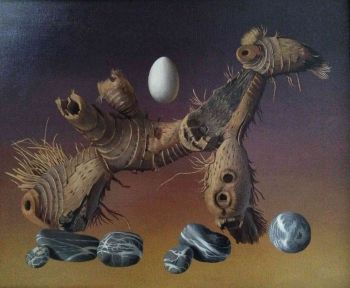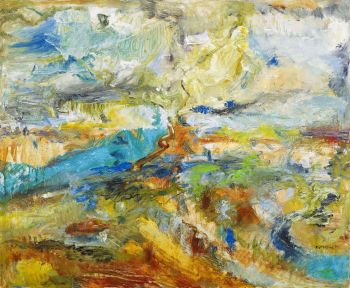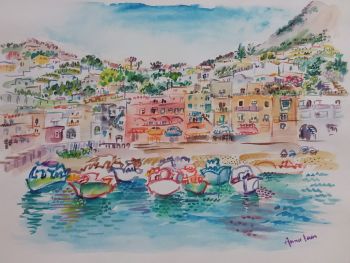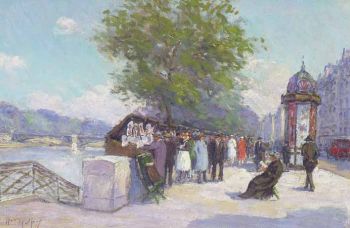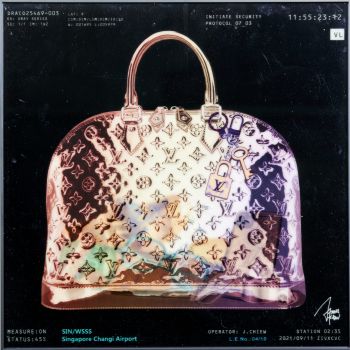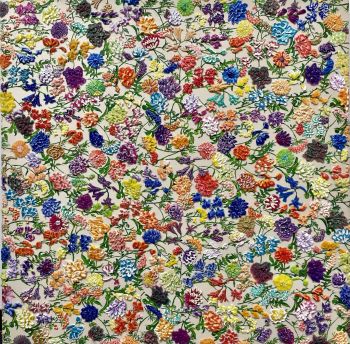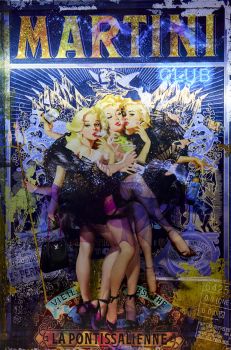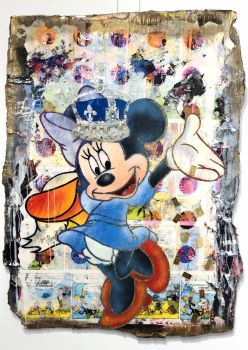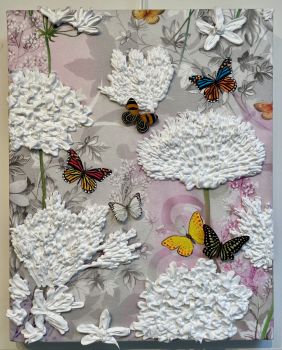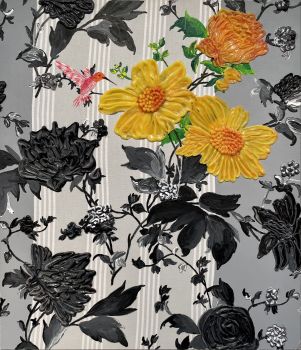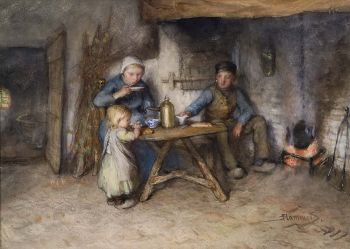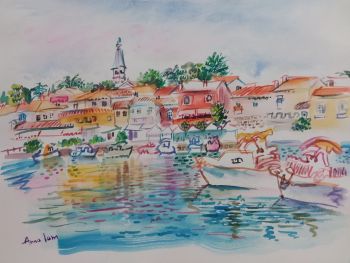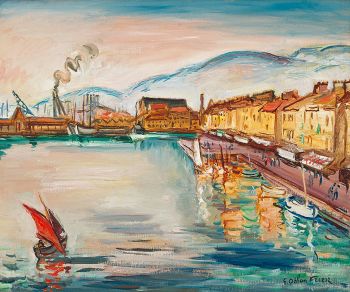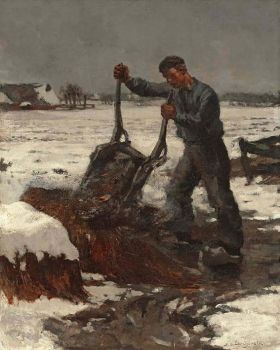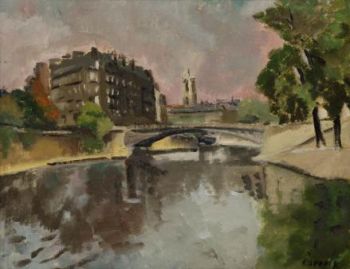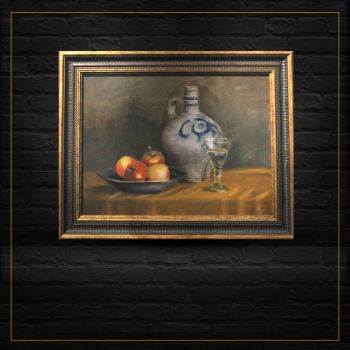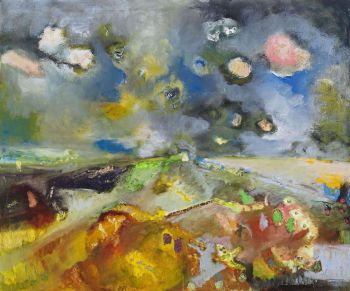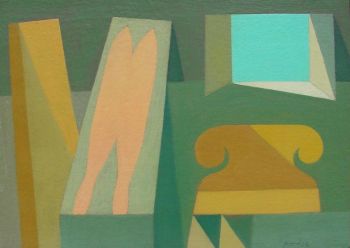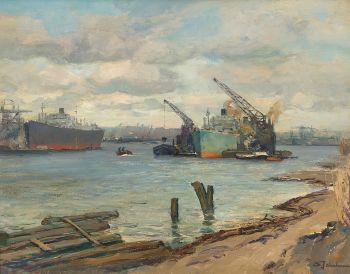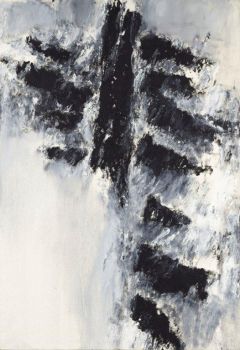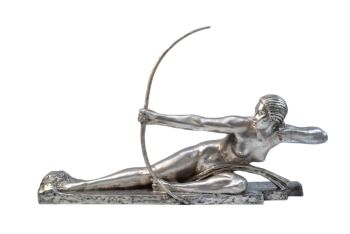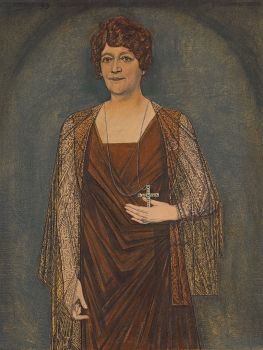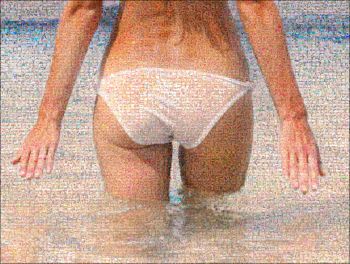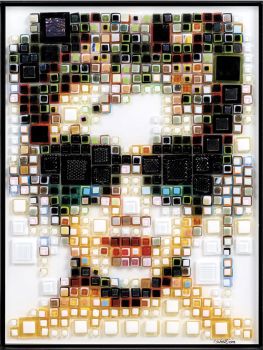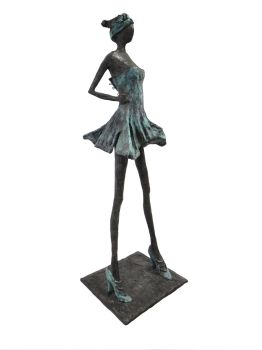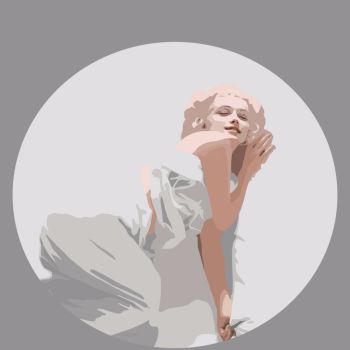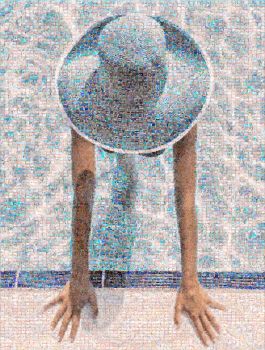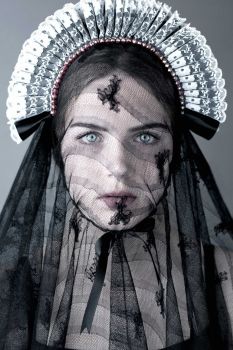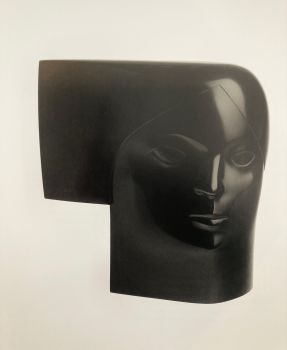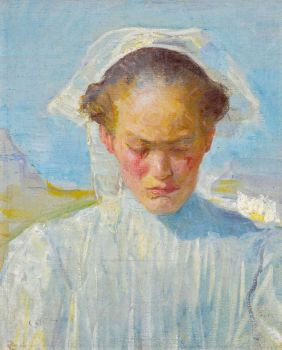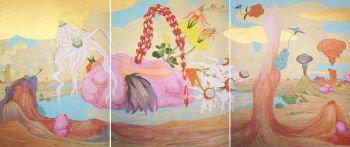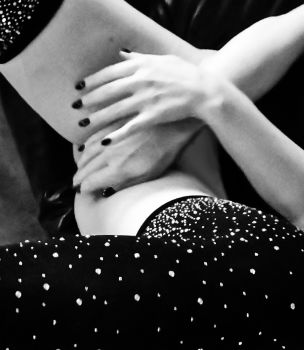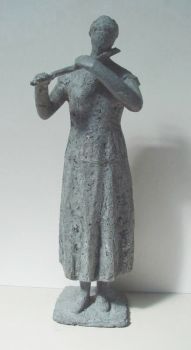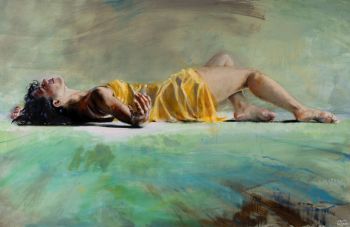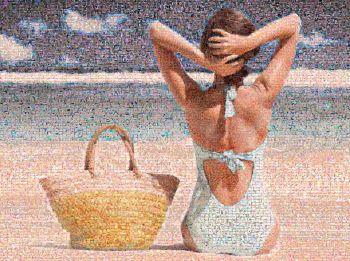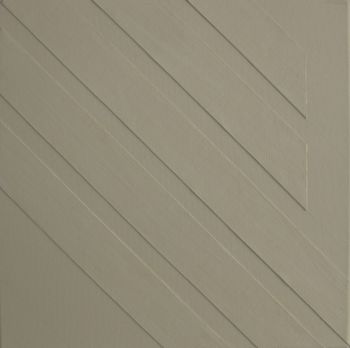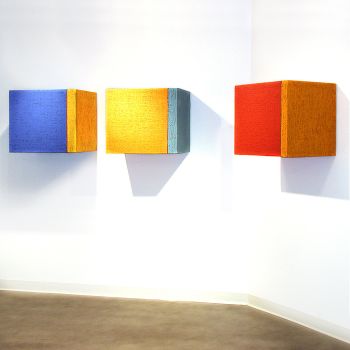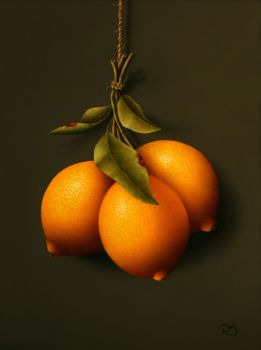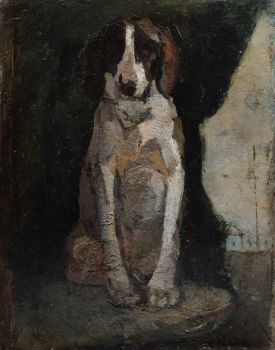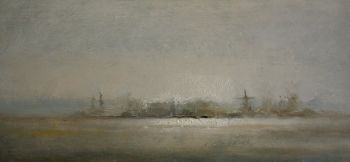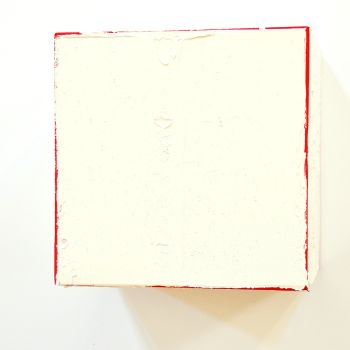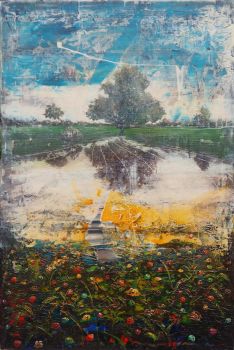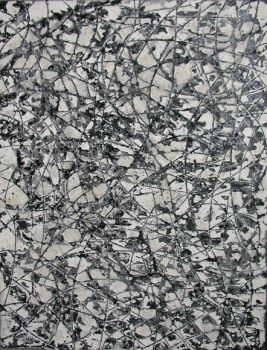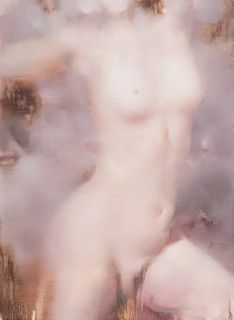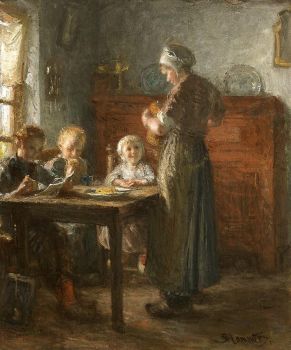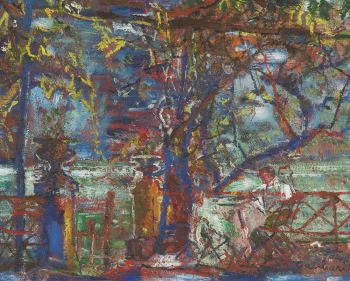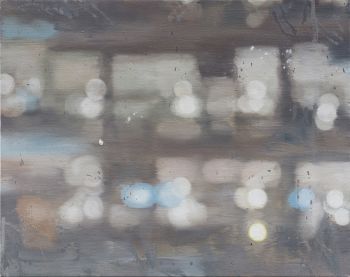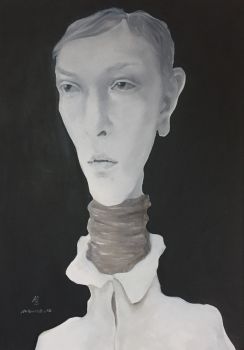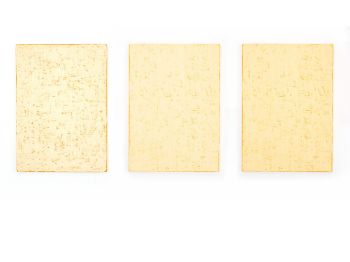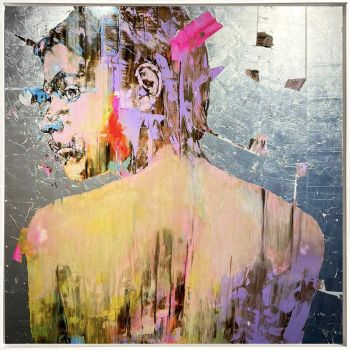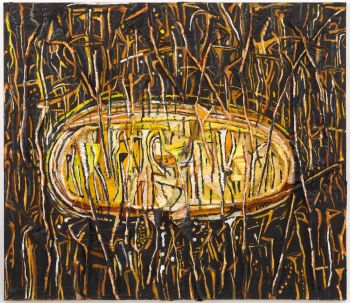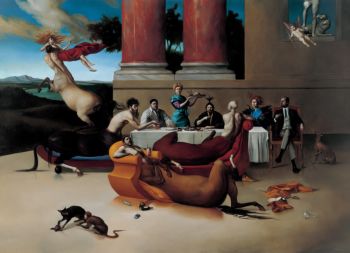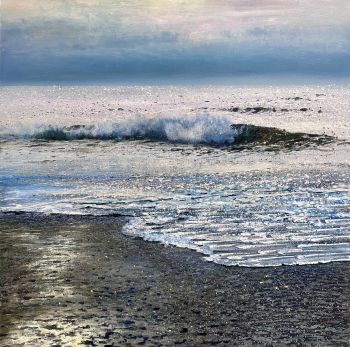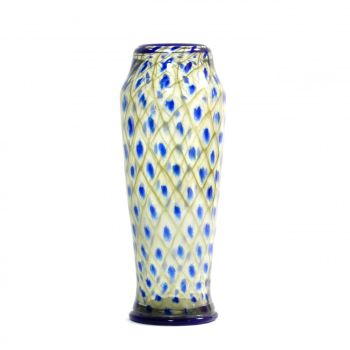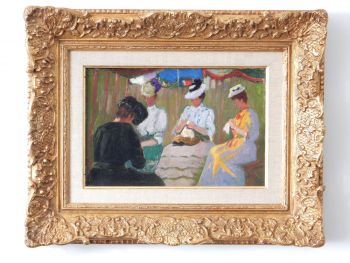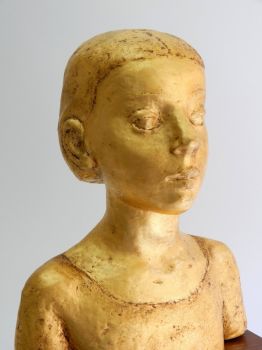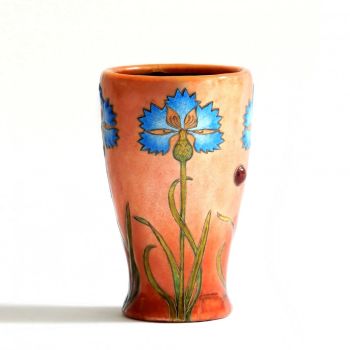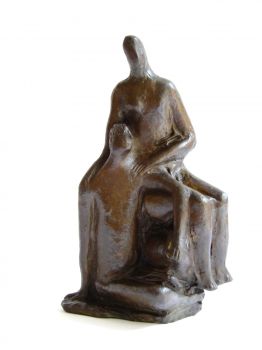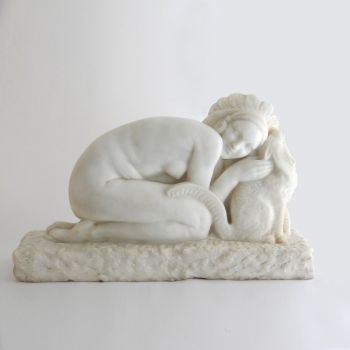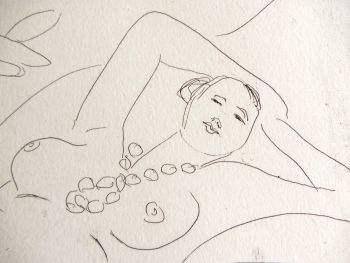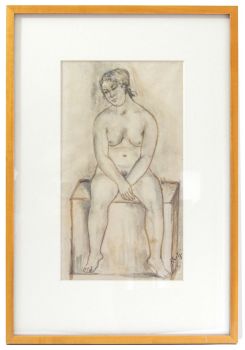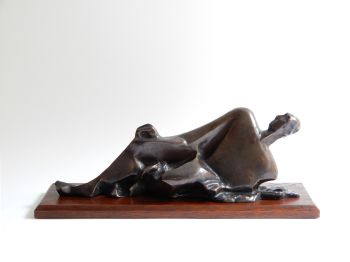'Nu a la toilette' 1900 - 1910
Henry Caro-Delvaille
Oil paintPaint
44 ⨯ 36 cm
ConditionNear mint
Currently unavailable via Gallerease
Dille Art
- About the artworkIntimate and lovely oil painting on panel (wood), depicting a woman who has just taken a bath. It is a domestic scene that Henry Caro-Delvaille wanted to capture. The style of painting is different, but the atmosphere is reminiscent of the work of Pierre Bonnard (1867-1947). They also exhibited together with the Group "Les Intimistes" in 1906.
This work was painted in the early 1900s and was part of the famous Sommaruga Collection in Milan.
It is signed top left with 'H. Carol Delvaille.
Biography:
Henry Caro-Delvaille (Bayonne, 1876 - Paris, 1926) was a painter of elegant interiors, figures and nudes, he was especially known as a painter of women, always elegant and often intimate.
He was also an engraver and decorator. After studying at the École des Beaux Arts in Bayonne, he continued his education at the École des Beaux-Arts in Paris, Léon Bonnet became his mentor.
He won his first medal at the Salon des Artistes Française in 1901, where he made his debut in 1899. From 1903 he was a member of La Société Nationale des Beaux-Arts.
In 1905 he won the grande Medaille d'Or at the Exposition Internationale in Munich. This brought him a lot of success, he received many assignments. As early as 1905, the French state purchased work from Henry Caro-Delville.
In 1906, Caro-Delvaille was one of the participants in the second exhibition of the "Groupe Intimistes" at the famous galerie Henry Graves in Paris.
Pierre Bonnard, Edouard Vuillard, René-Xavier Prinet and Etienne Moreau-Nélaton also participated in this exhibition. (Les Intimistes, Galerie Henry Graves, from February 14 to March 3, 1906.)
Both the public and art critics were very positive about Caro-Delvaille, the art critic Jean Valmy-Baysse wrote that he gave social events the charm of poetry. According to art critic Charles Morice, his work was "a representation of modern mondanité" (worldliness).
Maurice Denis sees in him an artist whom he compared to James Abbott McNeill Whistler (USA 1834-1903).
At the time, he presented him as one of the young promises of French painting
Henry Caro-Delvaille was represented by the important galleries such as Georges Bernheim Jeune in Paris and Nathan Wildenstein and René Gimpel in New York.
From 1917 to 1925 he also spent several years in the United States.
Henry Caro-Delvaille died in 1926 and is buried in Bayonne Jewish Cemetery.
His paintings are part of private and public collections in various museums in France, such as, for example, the National Museum of Modern Art, Center Pompidou, Musée des Beaux-Arts de la ville de Paris. But Princeton University Museum, USA or National Museum of Fine Arts, Beunos Aires in Argentina also have works by him in their collection.
Literature:
- Christine Gouzi, Henry Caro-Delvaille: peintre de la Belle Époque, de Paris à New York. Dijon, éditions Faton, 2016.
- Pierre de Lanux, « On the Revival of Applied Art. A conversation with Henry Caro-Delvaille », Arts & Decoration, avril 1922, vol. 17, p. 419.
- Henry Caro-Delvaille, "The Renaissance of Mural Decoration ", The Lotus Magazine, March 1913, vol. 4,
n°6, p. 253.
- Benezit Dictionnaire des Artistes, Gründ, Volume 3, p. 424.
Condition:
Good, There is an old restoration on the back of the panel. A professional restorer cleans the painting and gave it a new varnish. - About the artist
Henry Caro-Delvaille, a Frenchman of Spanish origin, was an important painter of the social life in the early 20th century. His real name was Delvaille ("de la Vallée" in Spanish) but he signed Caro-Delvaille because his mother, with whom he had a close relationship, was named Caroline. From his childhood, Henry Caro-Delvaille was curious about art, observed his surroundings and drew. His mother, a writer and poet, was his first guide.
After studying from 1895 to 1897 at the Bayonne School of Fine Arts, Henry Caro-Delvaille was a student of Léon Bonnat at the Paris School of Fine Arts. He exhibited for the first time at the Salon de la Société des artistes français in Paris in 1899. He became a member of the Société nationale des beaux-arts in 1903 and its secretary in 1904. In 1905, he won the big gold medal at the International Exhibition in Munich. The same year, his friend Edmond Rostand entrusted him with the decoration of his villa in Cambo. He then became known as a portrait painter and received numerous orders. He was made a knight of the Legion of Honor in 1910. His painting can be compared to that of Carolus Duran (1837-1917), a famous painter of the belle époque.
Henri Caro-Delvaille emigrated to the United States in 1913 and settled in New York, moving towards a more Art Deco style. He was a central figure in artistic, literary and musical circles on both sides of the Atlantic, from Paris to New York. Much of his work can be found across the Atlantic today.
Are you interested in buying this artwork?
Artwork details
Related artworks
Jan Sluijters
Original illustration of Sluijters for the book: 'Laura's opstel'1881 - 1957
Price on requestKunsthandel Pygmalion
1 - 4 / 24Bernardus Johannes Blommers
VADER EN MOEDER MET KIND AAN TAFEL1845 - 1914
Price on requestStudio 2000 Art Gallery
1 - 4 / 24- 1 - 4 / 24
 Curated by
Curated byDanny Bree
1 - 4 / 24- 1 - 4 / 12

